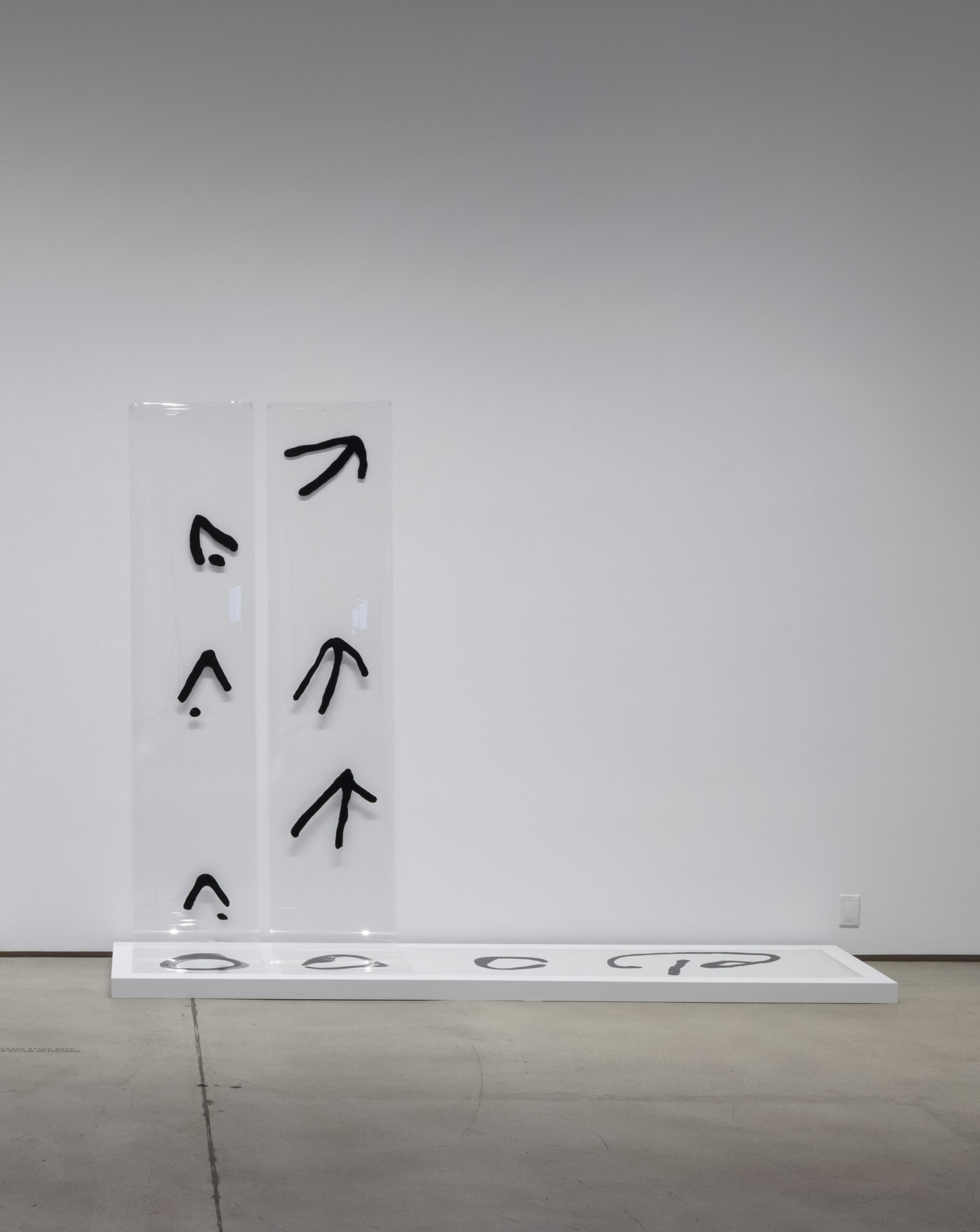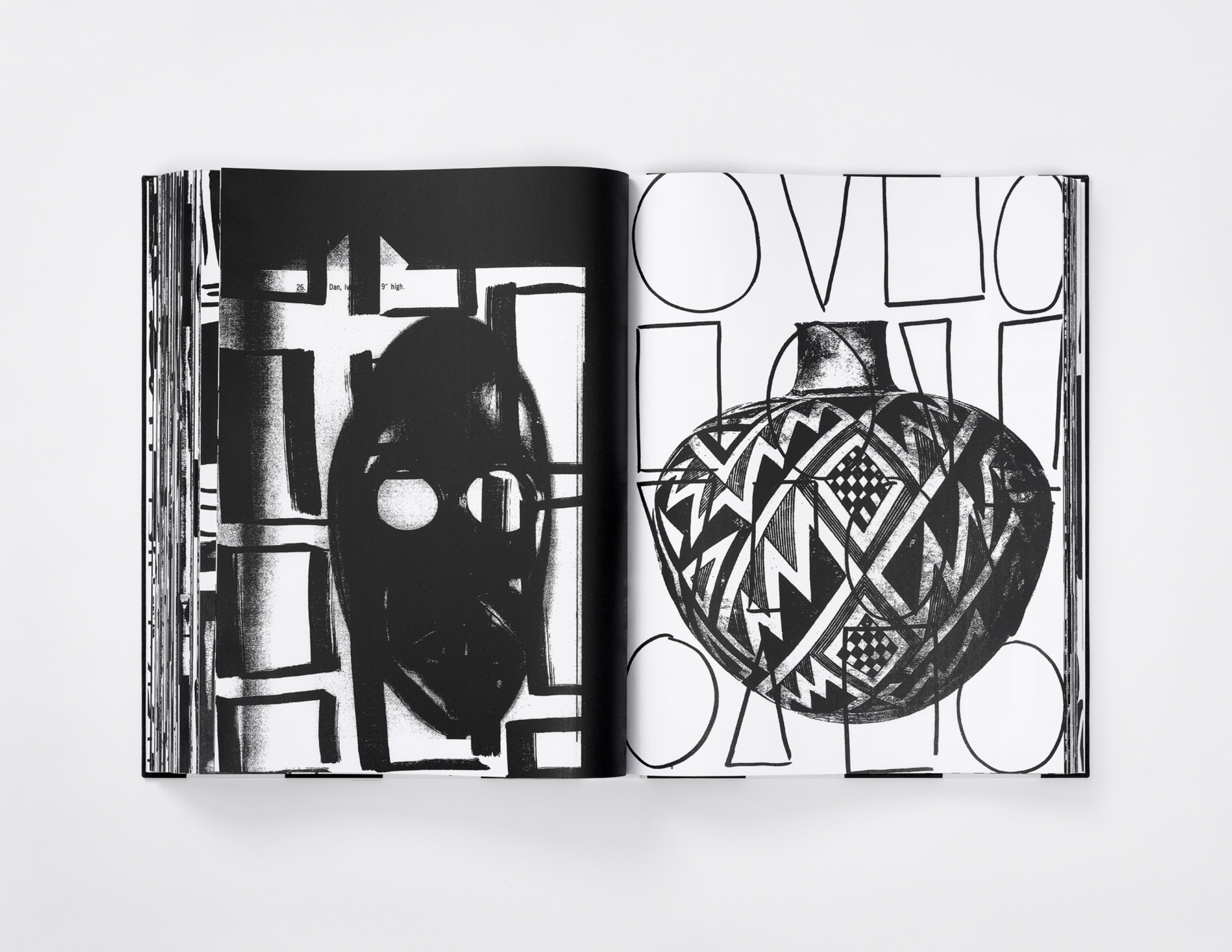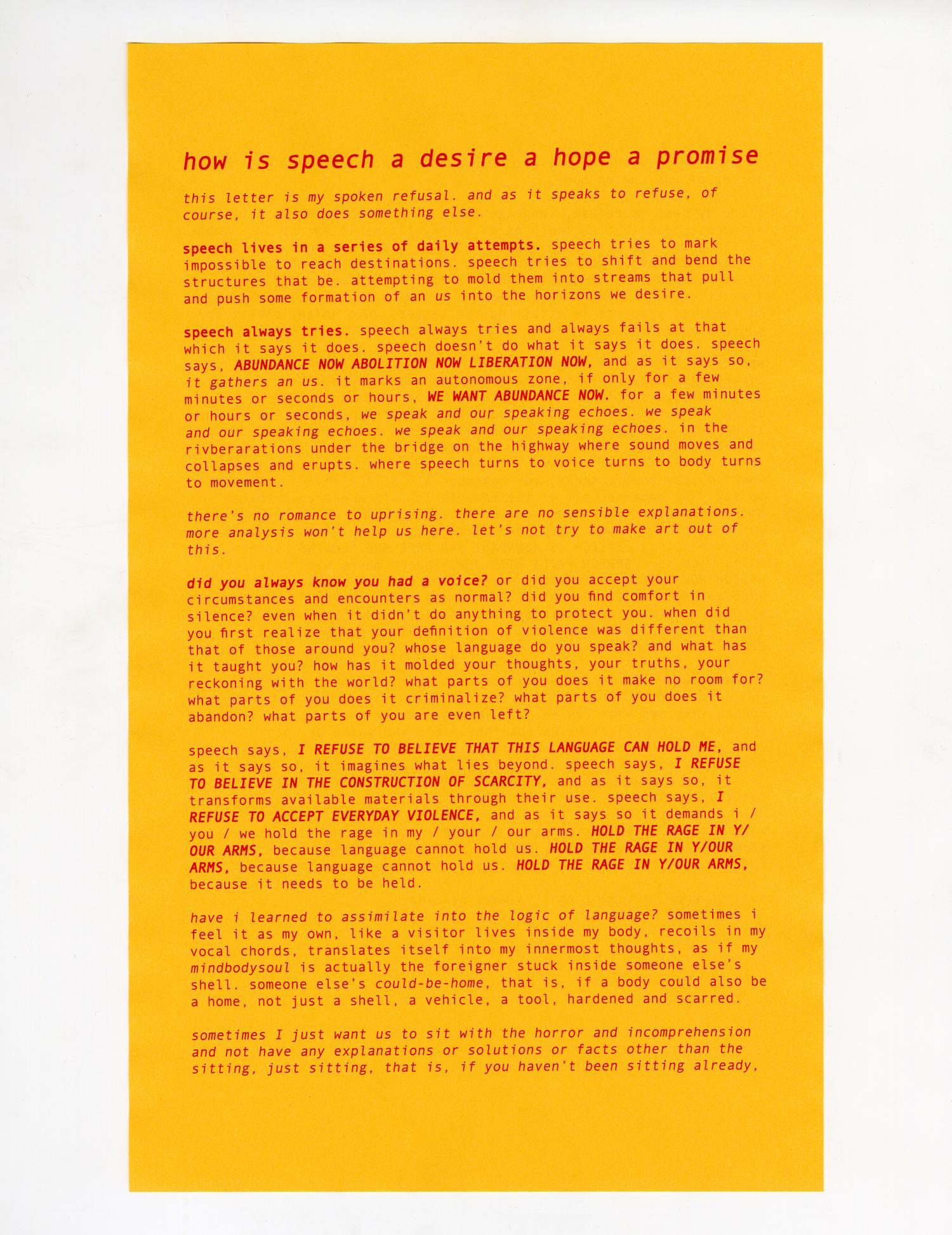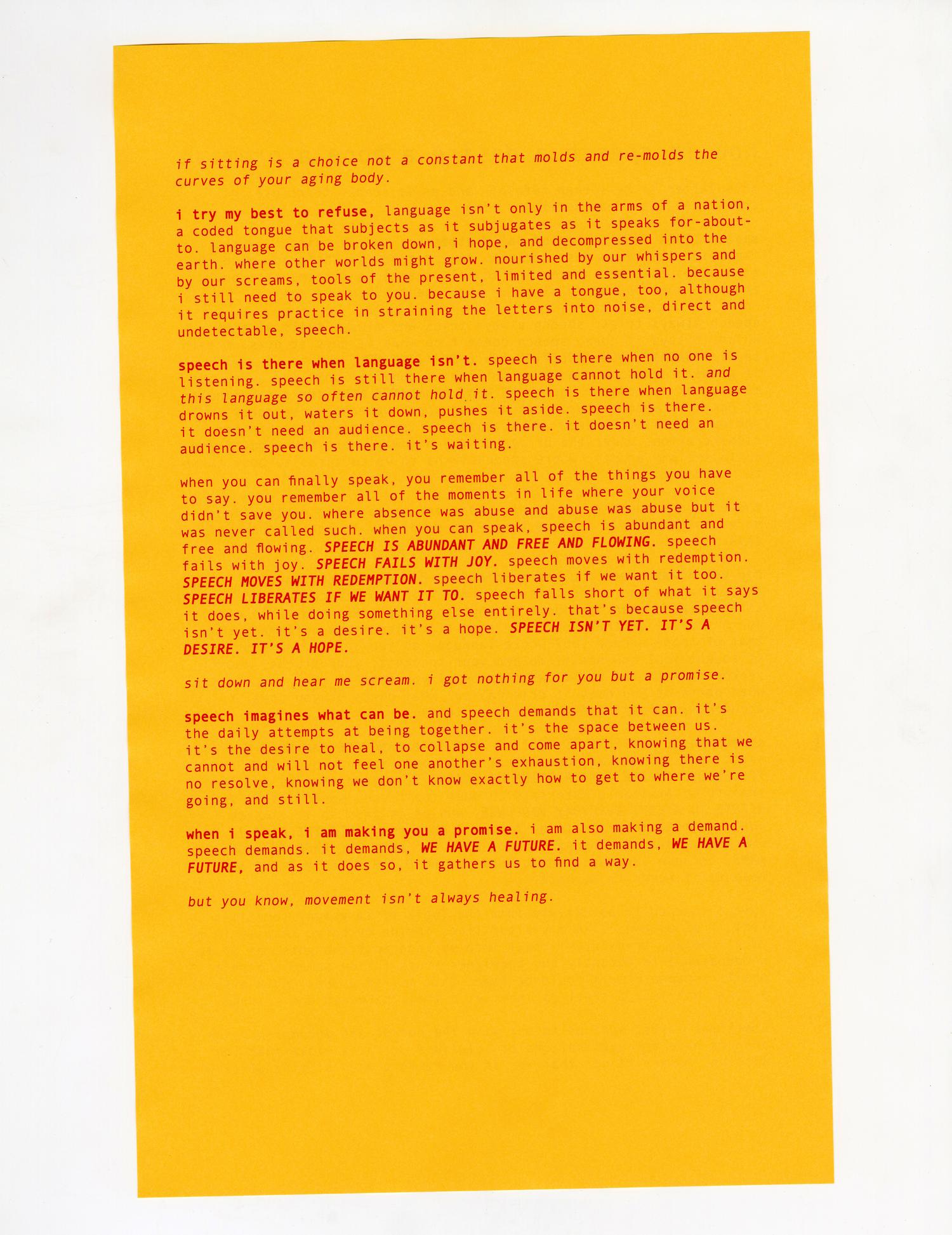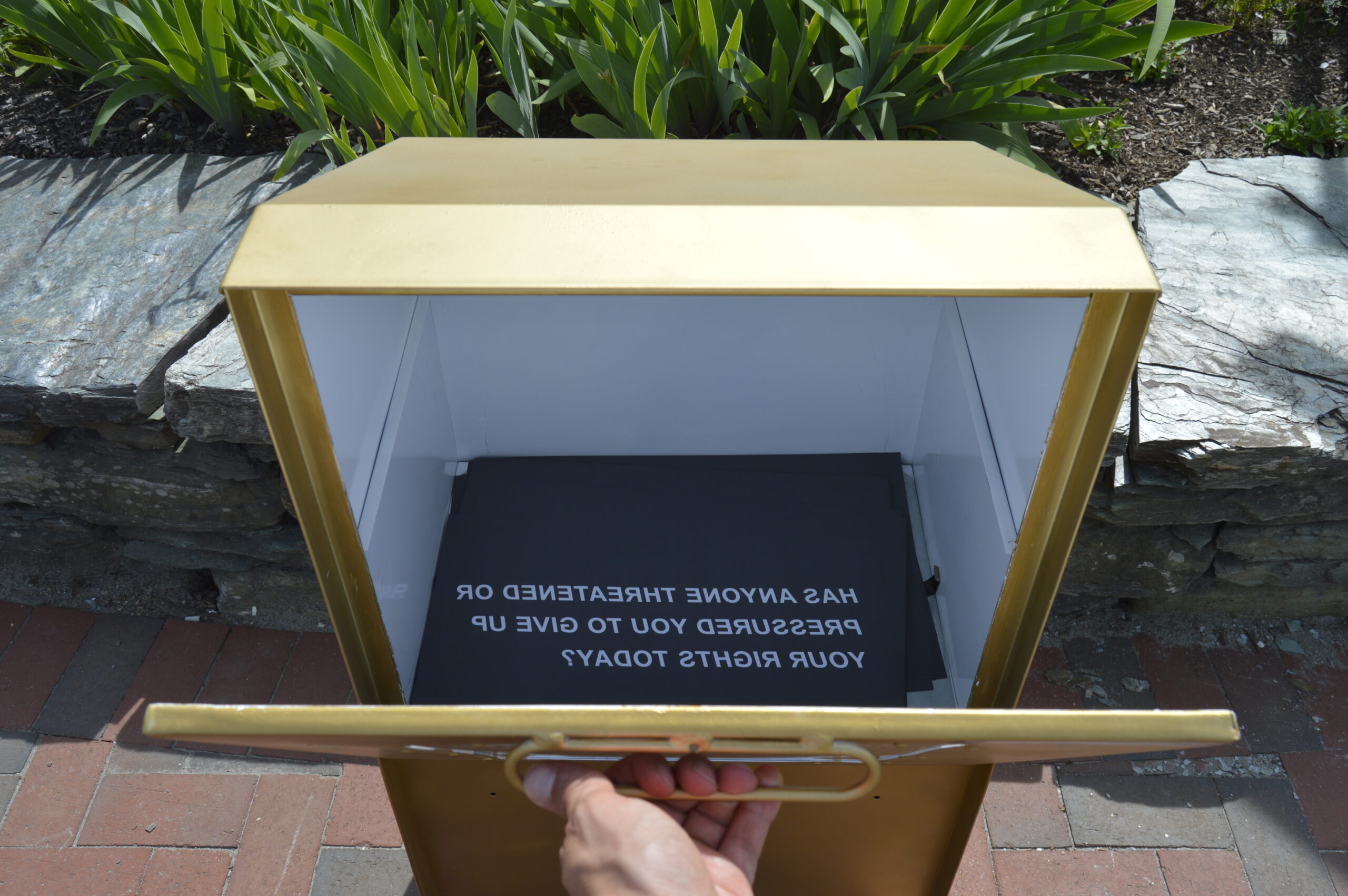PAST
Slow Loops: Luís Arnías
October 11, 2024 – March 28, 2025
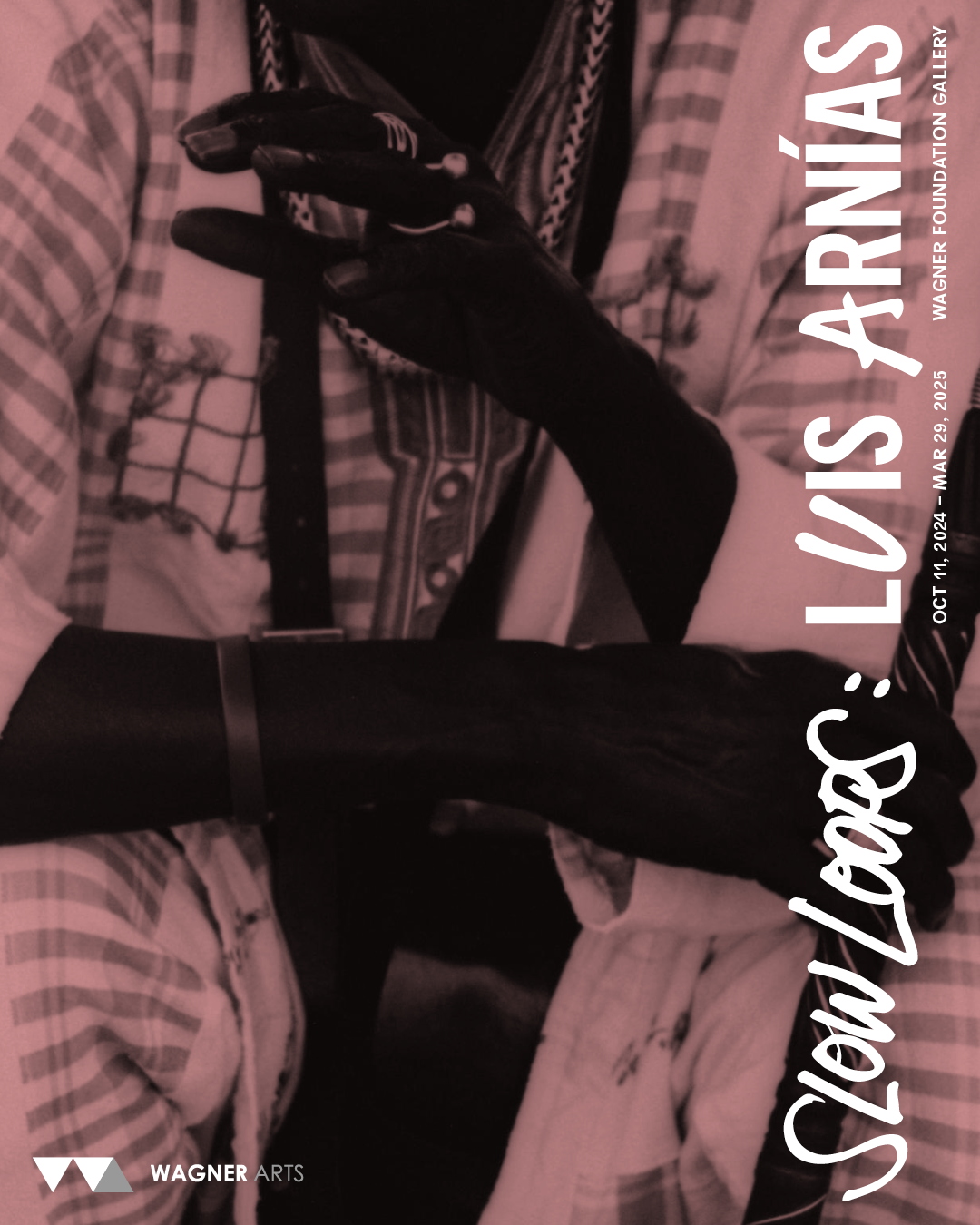
Through an interdisciplinary practice that includes experimental films, Luis Arnías explores his experience as an immigrant person of Afro-Caribbean descent living in America, examining the connections between his own life and Black and African diasporic consciousness. Originally from Venezuela, Arnías currently lives and works in the Hyde Park neighborhood of Boston. He uses 16mm film to visualize everyday life, investigating the conceptual layers of neighborhood, wilderness, borders, and boundaries through the lens of race, immigration, and identity. Subjects range from his home life, where his family participates in the making of his films, to contested social spaces for communities of color in Boston, to street life in Brazil, Senegal, Venezuela, and elsewhere.
The solo exhibition Slow Loops presents two recent films by Arnías, Bisagras (2024) and Noise Cloud (work in progress), in addition to sculpture and drawings that illuminate the films’ thematic connections. Bisagras, is an impressionistic experience of Arnías’s visits to the House of Slaves in Gorée Island, Senegal, and the port of Salvador de Bahia, Brazil, major sites of the transatlantic slave trade where the artist imagines his ancestors’ history. Noise Cloud is an experimental film that Arnías started during the pandemic, finding inspiration in the shared spaces of public parks and how they became heightened grounds for protest, partying, and leisure across racial lines in a time of crisis. The two films come together in his enduring study of Black life in all of its exuberance and expansiveness, as well as the slow and ongoing effects of structural racism, colonization, and the slave trade across locations, contexts, and time.
ARTIST
Luis Arnías is a filmmaker from Venezuela who moved to Boston to attend the School of the Museum of Fine Arts. After completing the diploma program there, he received a master’s in film/video from Milton Avery Graduate School at Bard College. His work has screened at the Museum of Modern Art, New York Film Festival, Punto de Vista, Berlin Critics’ Week (Woche der Kritik), and BlackStar Film Festival. He was a fellow at the Film Study Center at Harvard University, a recipient of the Herb Alpert/MacDowell Fellowship in 2022, and most recently a 2023 Boston Artadia Awardee.
Organized by Abigail Satinsky, Program Officer & Curator, Arts & Culture
ARTIST PUBLICATION
VISIT
Wagner Foundation Gallery is located at the foundation’s office at 485 Massachusetts Ave, 2nd Floor, Cambridge, MA 02139.
Wagner Foundation Gallery is open to the public by appointment only on Thursdays, 12–5 p.m. To arrange an individual self-guided visit, please visit this link. If you would like a group visit or tour, email [email protected]. Admission is free and this venue is fully accessible.
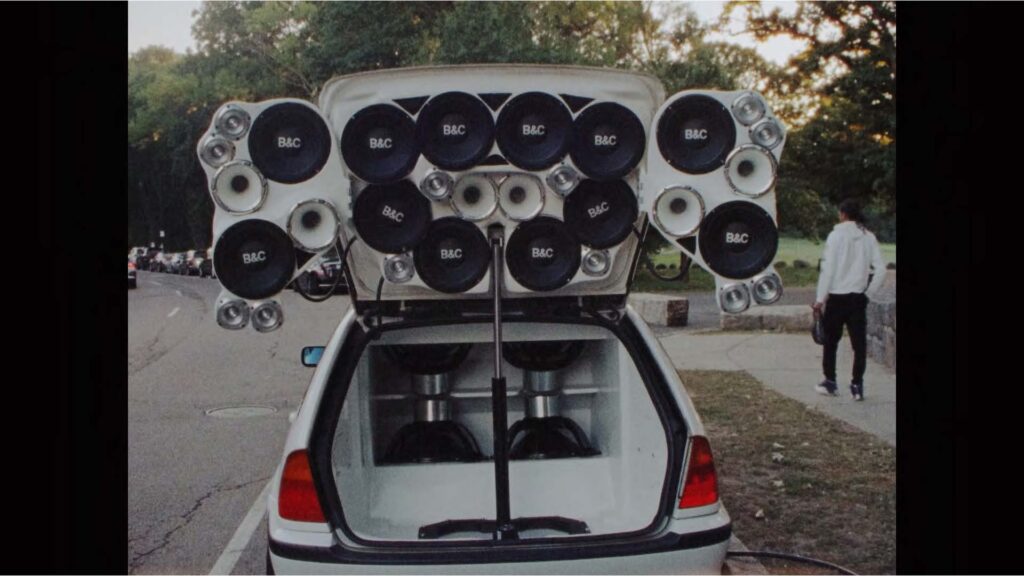
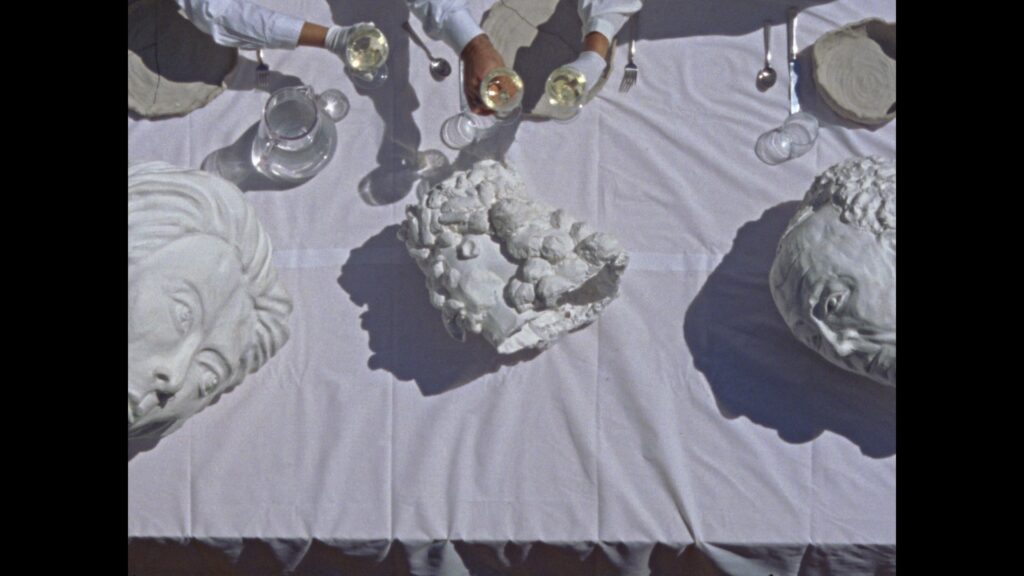
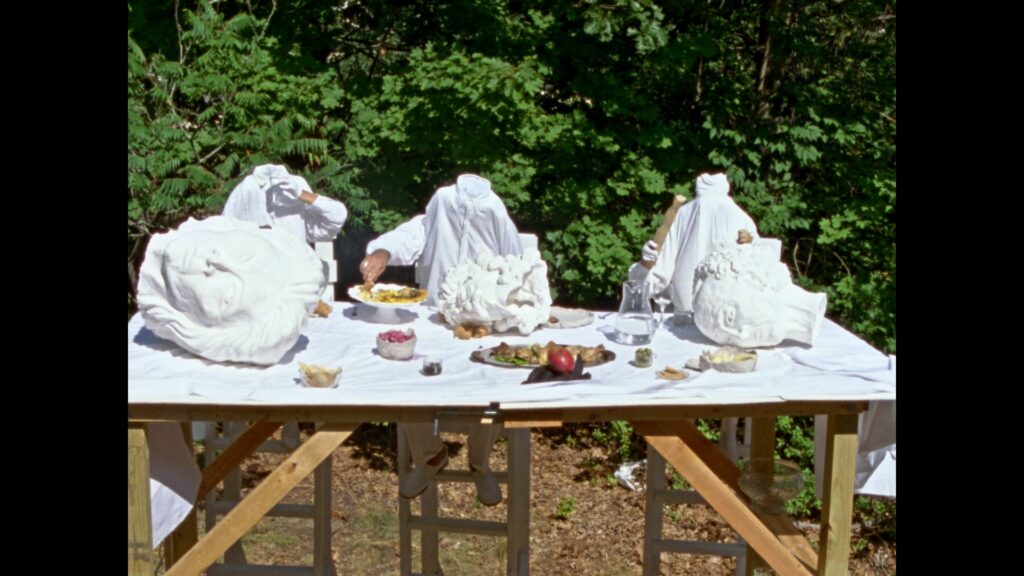
PAST
speech lives in a series of
daily attempts: artists & publishing
March 7–August 1, 2024
An exhibition featuring artists who make publications and establish platforms for publishing. This presentation marks the first exhibition at Wagner Foundation Gallery and celebrates the foundation’s grantmaking support of artist publications.
Why do artists publish? An oft-repeated phrase is that to publish is to make public. When artists make a public, they are not only producing a feedback mechanism for their work to be seen, heard, digested, and responded to, they are also making new discourses and contexts for their work to be understood. These publics can include the widest possible audience of willing participants or manifest as an intimate, direct exchange. Through publishing, artists can speak in code, sending secret missives to those who most need to hear them; they can quietly resist being legible, creating a space for withdrawal and rest, a space to escape being read in order to read. Publishing is a process of self-determination, a political practice of building new ways of speaking, a way for artists to find and support each other and to create cultural access beyond traditional exhibition contexts.
The artists in this exhibition, who address the forms and performativity of speech through drawing, photography, poetics, and text, are all also publishers. In their extended bodies of work, they gather and disseminate new publics and ideas; they engage in mark-making, obfuscation, having a voice, and hearing and seeing each other. Their work lives in this everyday negotiation of public and private exchange, of refusal, and insists on the necessity of shaping the discourse towards what demands to be said. By creating spaces of connection through the act of publishing, establishing platforms for artists’ ideas to emerge, they each build new worlds of social and political exchange and possibility.
As Kimi Hanauer writes in how is speech a desire a hope a promise, from which the title of this exhibition is drawn:
speech lives in a series of daily attempts. speech tries to mark impossible to reach destinations. speech tries to shift and bend the structures that be. attempting to mold them into streams that pull and push some formations of an us into the horizons we desire.
This exhibition marks the first in a series of exhibitions and public programs by Wagner Foundation that highlights how arts and culture are essential to our collective wellbeing. We support visionary artists and arts organizations that believe in expanding cultural access in service of a healthy society, including through artists’ publications.
ARTISTS
Joseph Grigely, Kimi Hanauer, Steffani Jemison, Adam Pendleton,Gabriel Sosa, Ulises
Organized by Abigail Satinsky, Program Officer & Curator, Arts & Culture
VISIT
This exhibition is showing at Essex Art Center Sept 7 – Oct 19, 2024
Click here to access the exhibition pamphlet.




